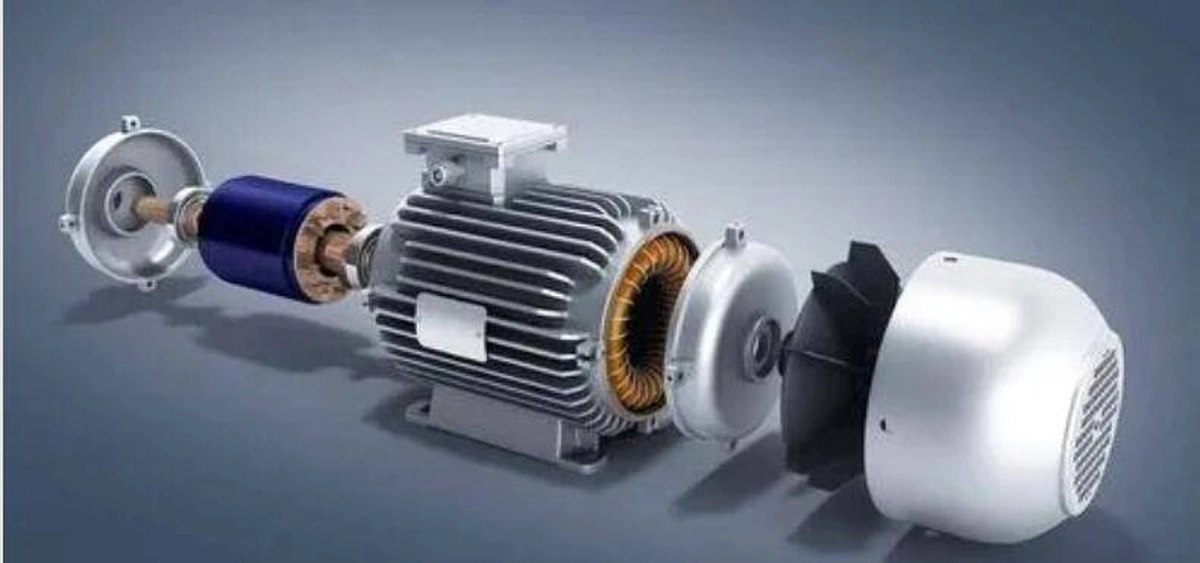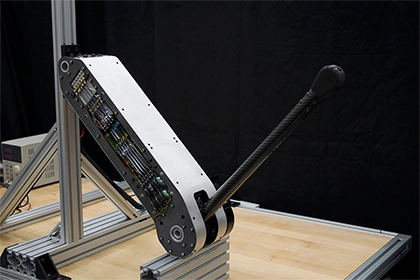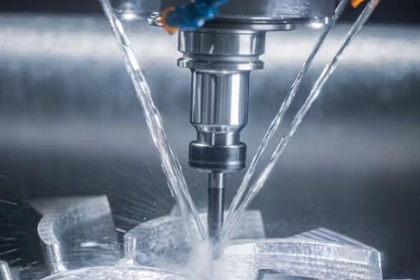- +86 19149417743
- Zhengzhou, Henan Province, China
- Mon-fri: 8am - 7pm
Get a quote

In the realm of electrical motors, the concept of back electromotive force (EMF) plays a significant role. In this article, we will delve into the intricacies of back EMF in AC motors, exploring its definition, underlying principles, and practical implications.
To comprehend the role of back EMF in an AC motor, it is essential to understand basic motor principles and the laws of electromagnetism that govern them. Back EMF arises in the context of Lenz's Law, which states that any induced current from a change in magnetic flux will create a magnetic field opposing the change. In an AC motor, as the rotor turns within the magnetic field of the stator, it cuts through magnetic flux lines, generating an electromotive force opposing the applied voltage—this is the back EMF.
Back EMF serves multiple purposes in AC motors. It plays a crucial role in the operation of AC motors by acting as a natural regulator of motor speed and power consumption. It provides a means of motor speed control, helps improve efficiency, reduces power consumption, and offers protection against excessive currents.
In an induction motor, the rotating magnetic field induced by the stator windings interacts with the rotor conductors. As the rotor rotates, it cuts through the magnetic lines of force, inducing a voltage in the rotor windings. This induced voltage acts as the back EMF.
Synchronous motors have a separate DC power source or excitation system to create a constant magnetic field in the rotor. The back EMF in synchronous motors is generated by the rotation of the rotor within this magnetic field.
The magnitude of the back EMF in an AC motor is directly proportional to the motor's speed. As the motor's speed increases, the back EMF also increases. Conversely, a decrease in speed results in a decrease in back EMF.
Several factors affect the magnitude of back EMF, including:
Back EMF plays a vital role in controlling the speed of an AC motor. By adjusting the voltage supplied to the motor, the back EMF can be balanced, allowing precise control of motor speed. This is particularly important in applications where variable speed operation is required.
Back EMF contributes to the efficiency of AC motors. As the motor operates, the back EMF counteracts the applied voltage, reducing the net voltage across the motor windings. This leads to lower power consumption and improved overall efficiency.
The back EMF helps regulate the current flowing through the motor windings. As the motor speeds up, the back EMF increases, reducing the net voltage across the windings and limiting the current flow. This protection mechanism prevents excessive current and potential motor damage.
Back EMF provides a self-protective feature for AC motors. In the event of an overload or mechanical obstruction, the motor's speed decreases, resulting in a decrease in back EMF. This reduction in back EMF causes a corresponding increase in current, triggering protective devices such as overload relays or circuit breakers to interrupt the power supply.
Back EMF can be measured using appropriate instruments such as oscilloscopes or motor analyzers. These devices capture the voltage waveform across the motor windings, allowing calculation or analysis of the back EMF.
The understanding of back EMF is crucial in various applications, including industrial machinery, appliances,robotics, and automotive systems. It enables precise control of motor speed, efficient energy usage, and protection against motor damage.
The concept of back electromotive force (EMF) in AC motors is integral to their operation, performance, and control. Generated within the motor's windings, back EMF opposes the flow of current, offering benefits such as speed control, efficiency improvement, current regulation, and motor protection. It is essential to grasp the principles and implications of back EMF to optimize the performance and reliability of AC motors across a wide range of applications.
 2024-08-30 16:01:40
Engineering
2024-08-30 16:01:40
Engineering
 2024-07-26 14:09:13
Engineering
2024-07-26 14:09:13
Engineering
 2024-07-18 09:42:00
Engineering
2024-07-18 09:42:00
Engineering